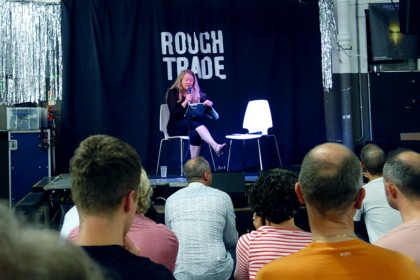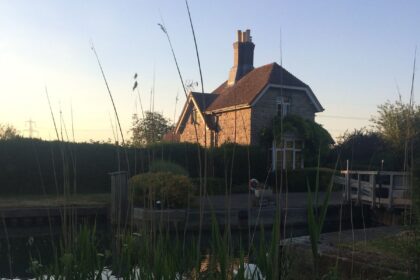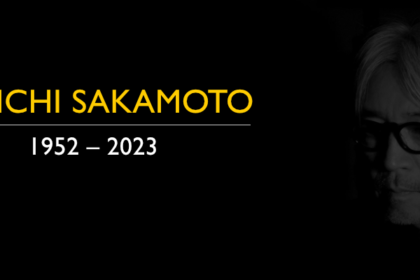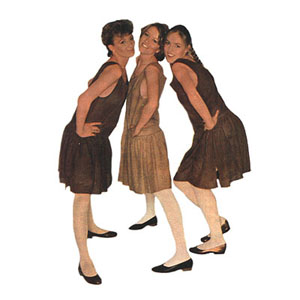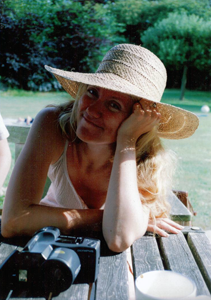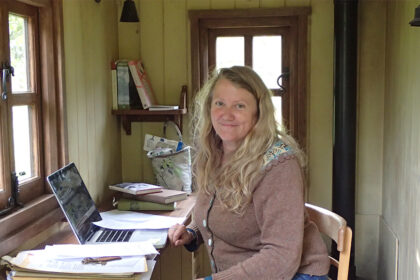The classic single celebrates its 40th anniversary this year
1983 proved to be a significant year for record releases, delivering classics such as New Order’s Power, Corruption & Lies, Echo & The Bunnymen’s Porcupine and The The’s iconic Soul Mining album. Into such a rich musical environment, Virginia Astley delivered her first single release in the form of the wistful ‘Love’s A Lonely Place To Be’.
Released on the Why-Fi Records label, the 7″/12″ single followed on from the release of Virginia’s A Bao A Qu 10″ EP, Virginia’s debut for the label back in January 1982. ‘Love’s A Lonely Place To Be’ was originally recorded between September and October 1982 during sessions engineered and produced by Jon Astley (Virginia’s musician/producer brother) and Phil Chapman at the latter’s home studio in Hammersmith, London. Also assisting during the later sessions was Russell Webb who, earlier in the year, had engineered and co-produced (with Virginia) the From Gardens Where We Feel Secure album (which would also see the light of day in the summer of 1983).
During these sessions, a rough mix was recorded that pushed the percussive effects and synthesisers further up in the mix. There were also more prominent guitar fills in this early take before the classic version of the song evolved. Part of the polish on the final arrangement is the ethereal sheen and the subtle layering of the various instruments. The melody hooks are bolstered by a peculiar rhythm element that includes choral utterances and strings. The idea of simply looping these elements in a repeating pattern gives the composition a compelling mechanism to base the song around.
While the ambient moods of the Gardens album would, over time, establish itself as (arguably) Virginia’s finest work, ‘Love’s A Lonely Place To Be’ managed to considerably raise her profile on its release in January 1983. The single’s evocative charm clearly had an effect on the UK’s radio community, giving it plenty of airplay. For audiences that had been used to boisterous, percussive chart pop, the pastoral mood of ‘Love’s A Lonely Place To Be’ presented a song that immediately captured your attention.
As with many of Virginia’s compositions, ‘Love’s A Lonely Place To Be’ is also quite deceptive. Despite the breezy rhythms of the arrangement, lyrically the song explores the downsides of being in love once the initial passion has dulled (“Friends no longer call around/And we no longer smile”).
In an interview for City Limits magazine in 1985, Virginia commented on this stating “People say all these things about my music. I get accused of “soppy” writing but they don’t see it as double-edged, which it is.” She added a story that a friend of hers had bought the single as a gift for his girlfriend. “It made me laugh cos it’s really quite cynical. I thought ‘poor girl'”.
Reviews were mostly positive, although Fred Dellar’s coverage in Smash Hits took a harder line: “A Ravishing Beauty indulges in more than a modicum of the pretty-pretties. But tinkling bells and a twinkling belle do not a substantial pop record make!”
At times, the chart territory of the 1980s could elevate unusual records to top ten hits. For instance, Laurie Anderson’s strangely hypnotic ‘O Superman’ managed to unexpectedly reach No. 2 in the UK singles charts in 1981. ‘Love’s A Lonely Place To Be’ should, in hindsight, have enjoyed similar success. In the end, the single didn’t make an impression on the UK’s charts (It did, however, manage to reach No. 8 on the independent charts).
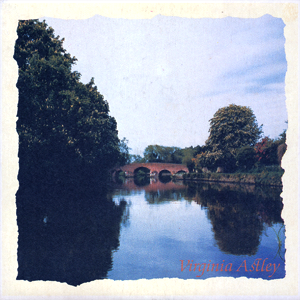
At the time of the song’s recording, there was also some tension in the studio. Although the sessions for ‘Love’s A Lonely Place To Be’ had been relatively smooth, there were grumbles between Phil Chapman and Russell Webb over the best approach for the B-side track ‘Soaring’. As Webb had written the track originally, he was more inclined to beef up the arrangement which resulted in the version featured on the single. As a result, although ‘Soaring’ is cut from the same cloth as the ethereal moods of ‘Lonely Place’, here the use of more bass guitar and an overall dynamic punch gives the song a different polish (the smoother version of the track later appeared on the Promise Nothing album).
As well as ‘Soaring’, the B-side of the 12″ also featured two bonus instrumental tracks, ‘A Summer Long Since Passed’ and ‘It’s Too Hot To Sleep’. Both of those recordings had been taken from the initial sessions for From Gardens Where We Feel Secure, which at this stage had yet to be released.
Perhaps preserving the pastoral feel of the song, the single shipped out with a picturesque river view on the sleeve (actually a photograph of the River Thames at Sonning Bridge). Initial copies of the single also featured a card insert with a picture of Virginia and the song lyrics.
‘Love’s A Lonely Place To Be’ was later included on Virginia’s 1986 album Hope In A Darkened Heart, alongside ‘A Summer Long Since Passed’ and 1985 single ‘Darkness Has Reached Its End’. These were recorded/remixed at Good Earth Studios, London. This was a decision taken by WEA’s Rob Dickens, ostensibly to expand the album’s runtime but also to give it a higher profile based on the popularity of ‘Love’s A Lonely Place To Be’.
Although Virginia has released a selection of various singles in subsequent years (all with their own distinct appeal), ‘Love’s A Lonely Place To Be’ remains as her signature tune. It captures a particular chemistry in the combination of instrumentation, arrangement and Virginia’s striking soprano vocals to produce something both exquisite and timeless.


